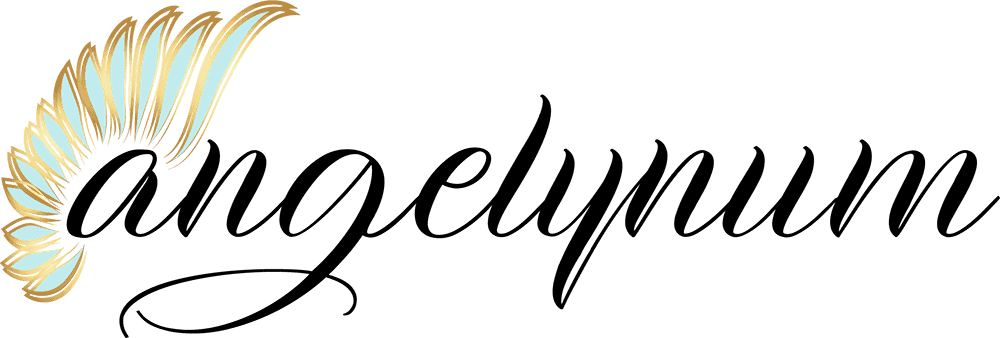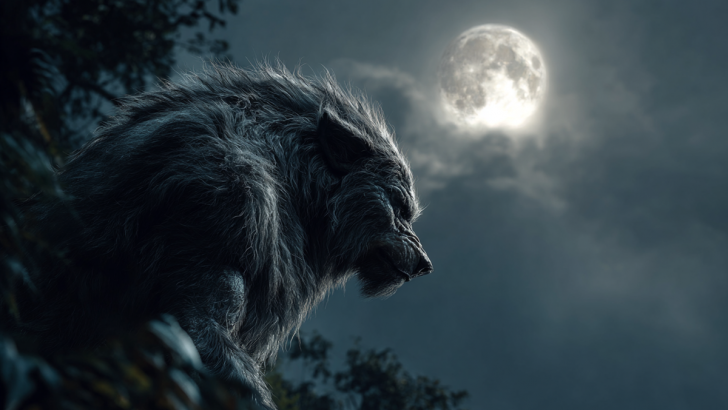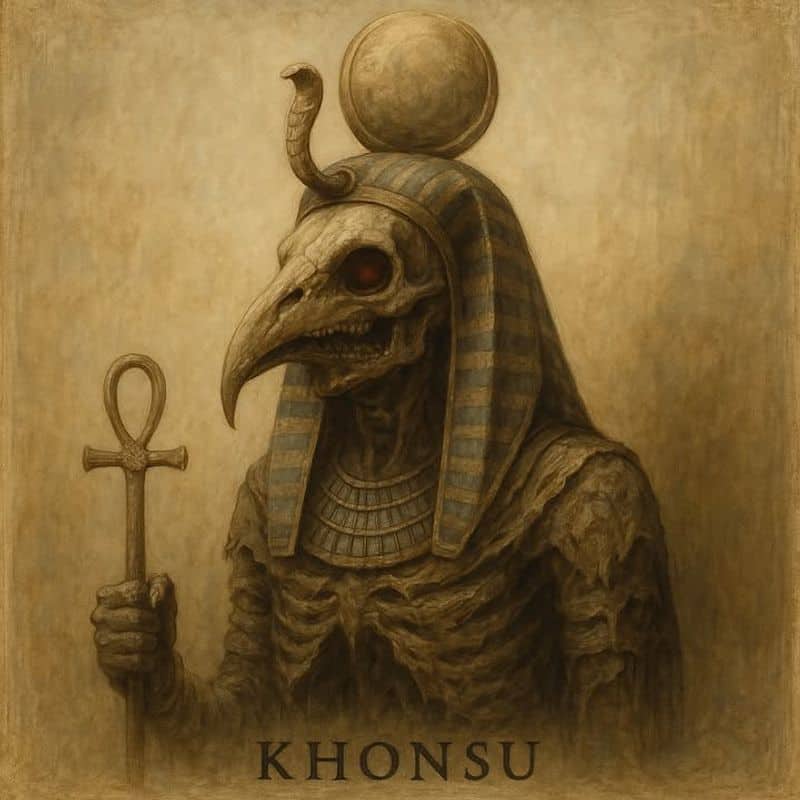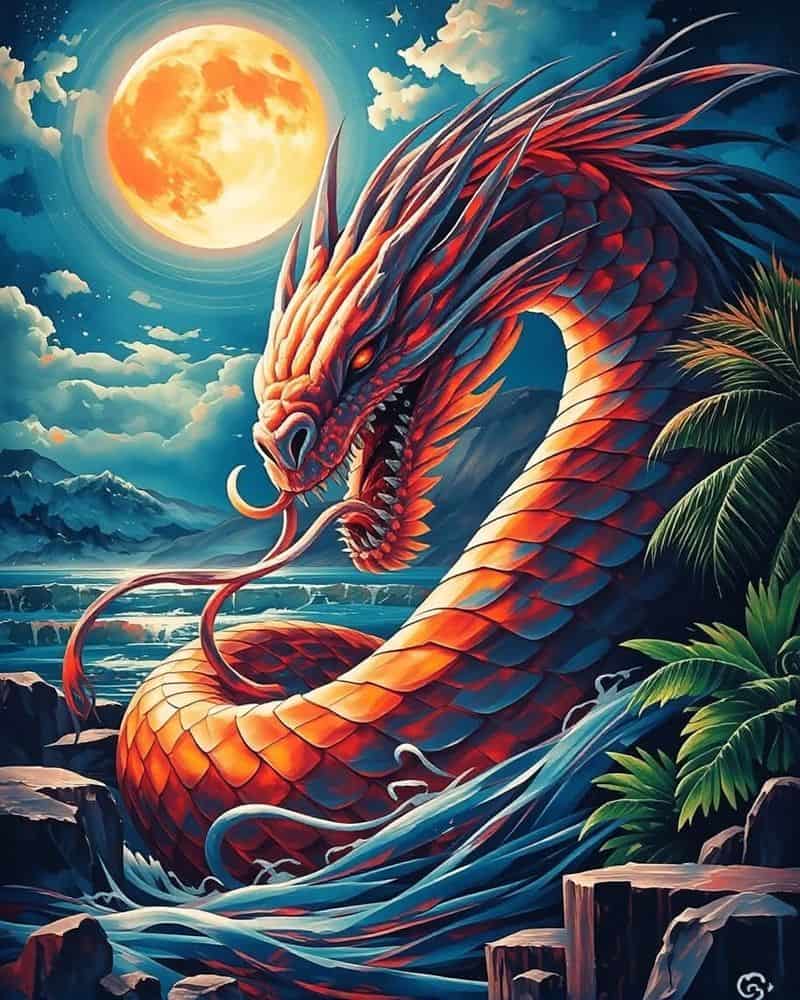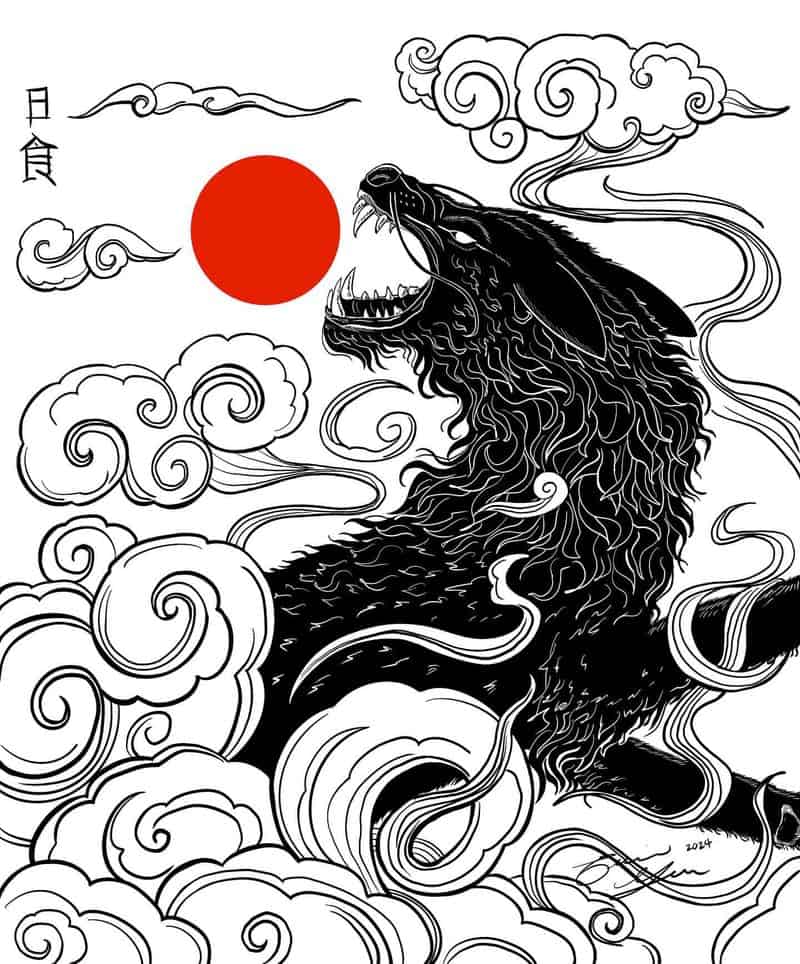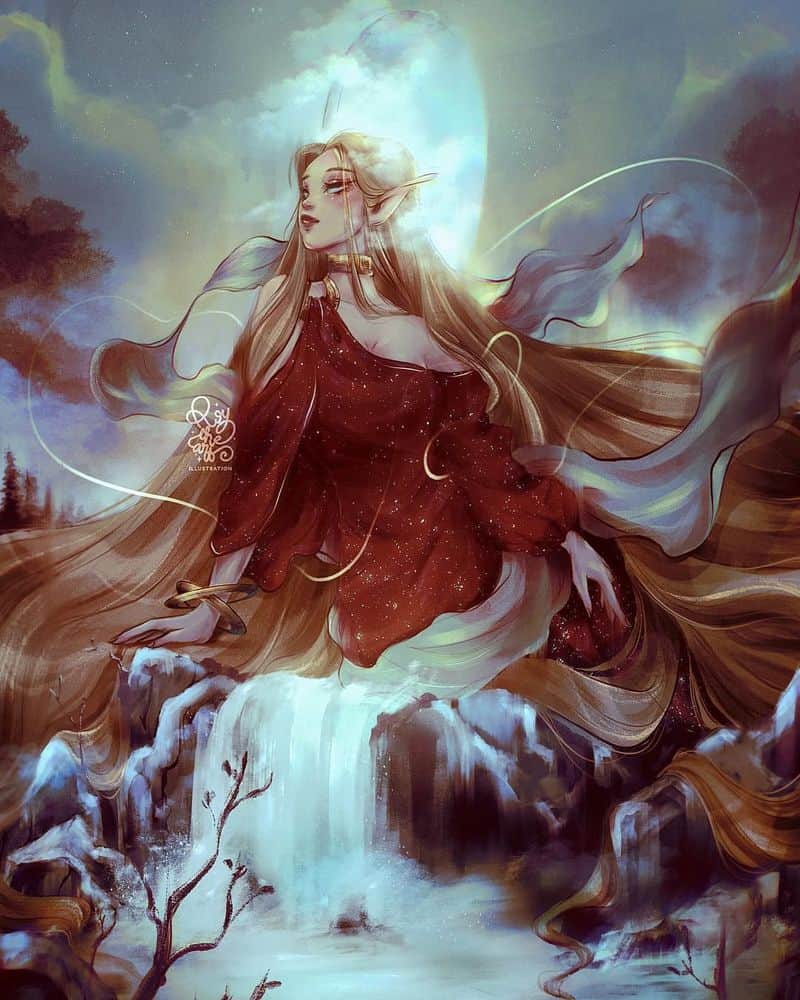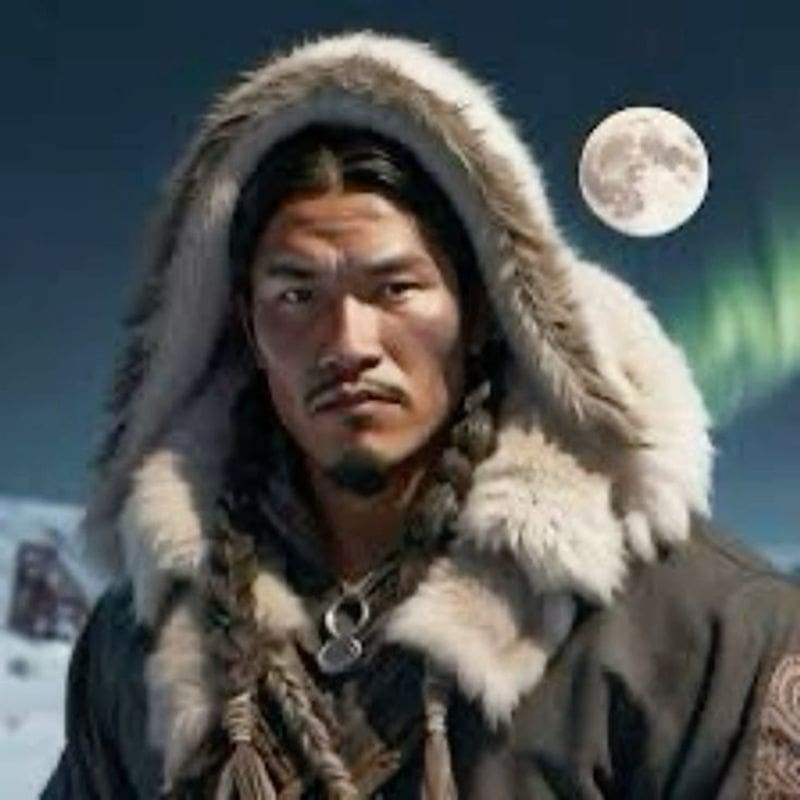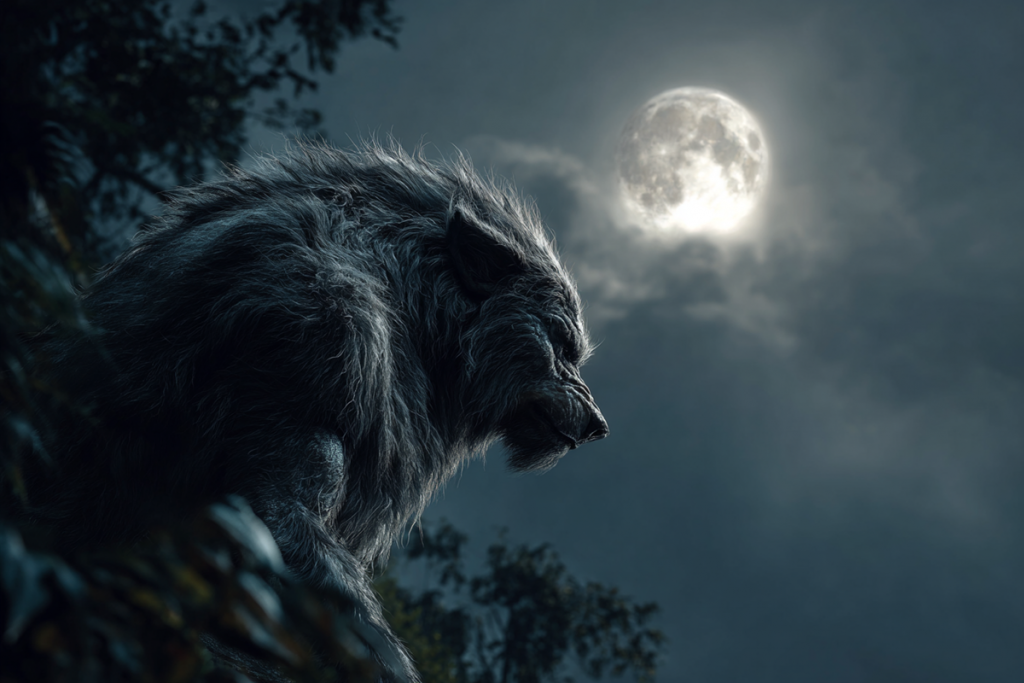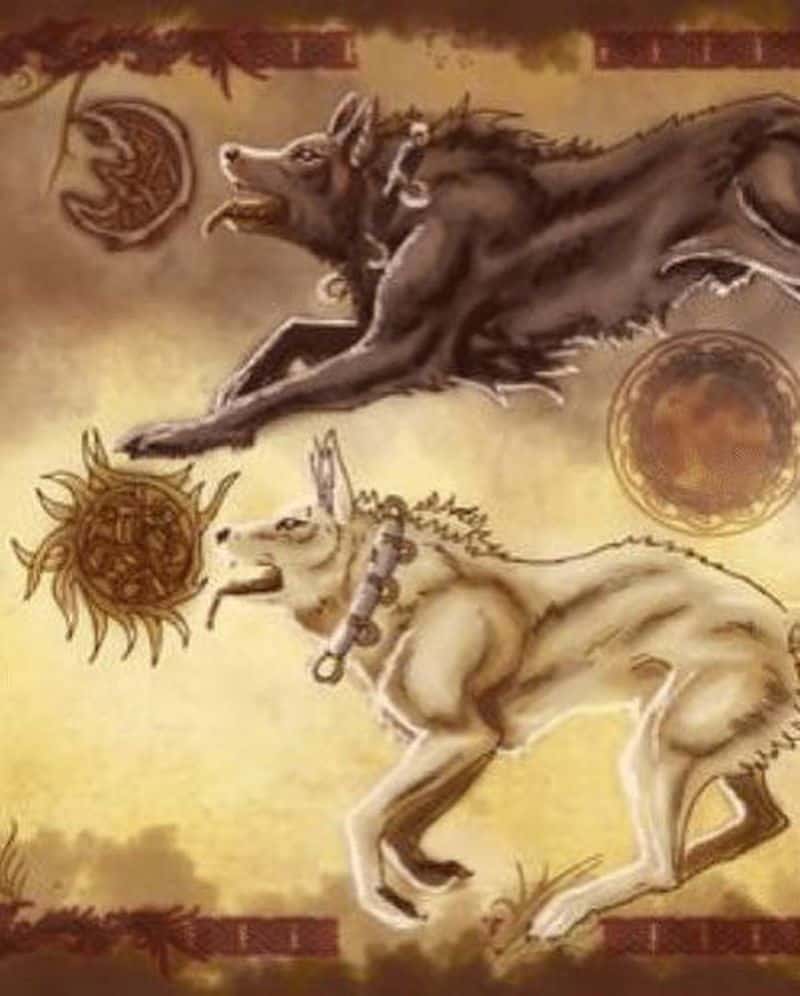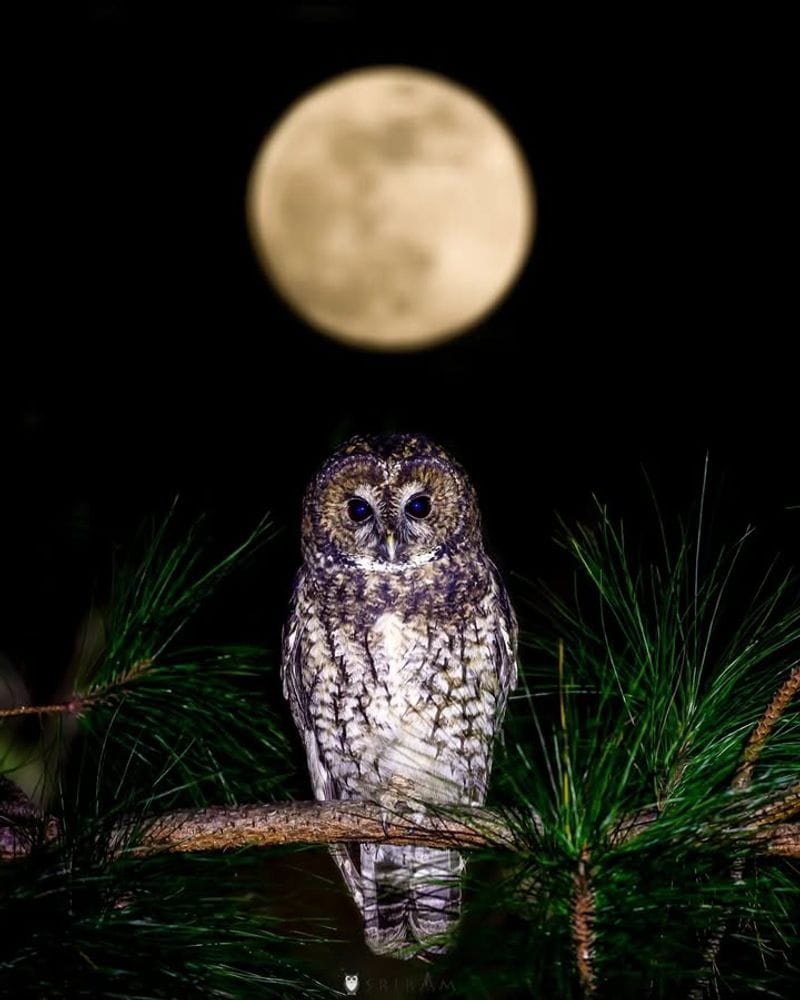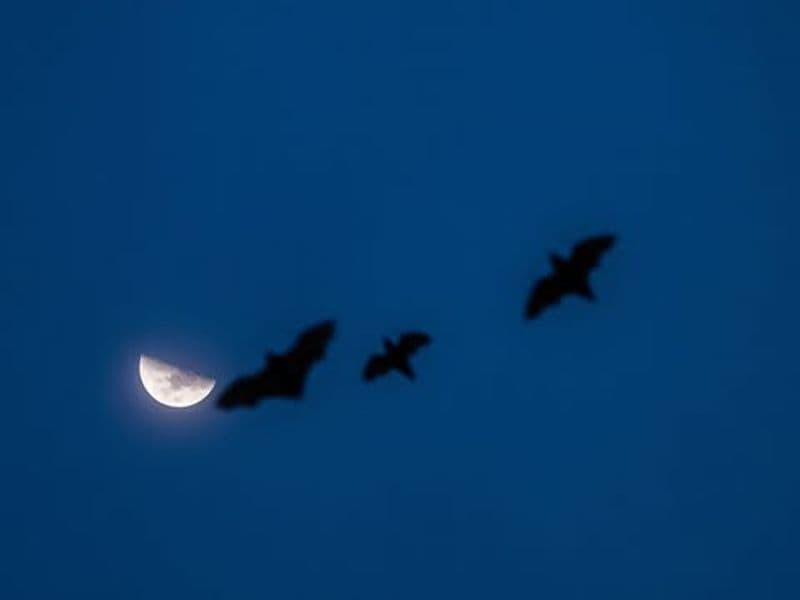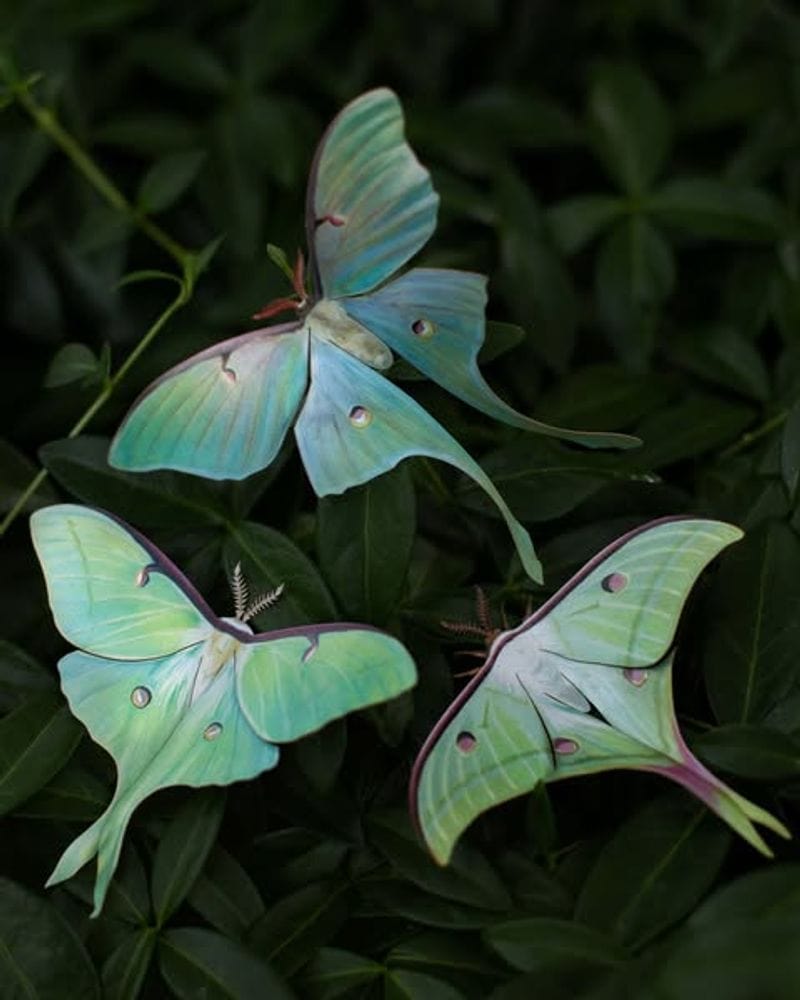The Moon has fascinated people for thousands of years, inspiring countless stories, myths, and legends across the world.
Many cultures have connected animals and magical creatures to the Moon, believing they hold special powers or explain mysteries like eclipses and lunar phases.
From rabbits pounding herbs in the sky to fierce wolves chasing the Moon itself, these tales reveal how deeply the Moon touches our imagination and connects us to the natural world around us.
1. Khonsu
Ancient Egyptians worshipped Khonsu as their powerful Moon god, believing he could heal the sick and protect travelers at night. His name actually means traveler, which makes sense since the Moon journeys across the sky each evening.
Artists usually showed him as a young man with a special sidelock hairstyle, carrying symbols of royal power. Sometimes he appeared with a falcon head, connecting him to other important Egyptian deities.
People prayed to Khonsu when they needed healing or safe passage through dangerous places. His temples were busy with worshippers seeking his divine blessings and magical protection from harm.
2. Bakunawa
Filipino legends tell of Bakunawa, a gigantic sea serpent with an appetite for celestial bodies. This fearsome dragon lived in the ocean depths but would occasionally rise up to swallow the Moon whole, causing terrifying lunar eclipses.
When the Moon began disappearing from the sky, entire villages would panic and spring into action. People banged pots, drums, and anything loud to create tremendous noise that would frighten Bakunawa away.
The creature represents the unpredictable forces of nature that ancient Filipinos couldn’t explain scientifically. Today, Bakunawa remains an important symbol in Philippine culture and appears in festivals and modern storytelling.
3. Tiangou
Chinese mythology describes Tiangou as a black celestial hound that devours the Moon during eclipses. Legend says this hungry creature once chased the beautiful Moon goddess Chang’e across the heavens, trying to catch her luminous home.
Whenever an eclipse occurred, Chinese communities would rush outside with firecrackers and drums. The commotion was meant to scare Tiangou into spitting out the Moon before it disappeared completely from view.
Interestingly, the name Tiangou translates to Heavenly Dog, though some descriptions make it sound more like a meteor or falling star. This mysterious creature shows how ancient people tried making sense of frightening astronomical events.
4. Selene
Greek mythology personified the Moon as Selene, a radiant goddess who drove her silver chariot across the night sky. Her beauty was legendary, and her gentle light guided travelers and sailors through darkness.
Each evening, Selene would begin her journey after her brother Helios finished pulling the Sun across the daytime sky. Two magnificent horses pulled her chariot, their hooves creating the shimmering path we see as moonlight.
Poets and artists adored Selene, often connecting her to romance and mystery. She fell in love with a mortal shepherd named Endymion, a tragic tale that inspired countless works of art throughout history.
5. Tarqiup Inua
Inuit people of the Arctic regions know the Moon as Tarqiup Inua, which translates to Master of the Moon. Unlike gentle lunar deities from warmer climates, this is a mighty hunter who rules the night sky with strength and authority.
The Inuit believed Tarqiup Inua controlled fertility and the movements of animals that people depended on for survival. Hunters would offer prayers to him before important expeditions, hoping for his blessing and guidance.
Some stories describe him as the brother of the Sun goddess, forever chasing her across the sky. This eternal pursuit explains why day and night follow each other in an endless cycle.
6. Werewolf
European villages once lived in terror of werewolves, humans cursed to transform into savage wolf-creatures when the full Moon rose. These shape-shifters would lose control of their human minds, becoming dangerous beasts until morning light returned them to normal.
The werewolf curse supposedly spread through bites, creating more monsters with each attack. Silver weapons were believed to be the only effective defense against these supernatural predators.
Though werewolves are fictional, the legends reflect real fears about wilderness dangers and the mysterious power the Moon seemed to hold over behavior. Modern stories still use werewolves to explore themes of inner darkness and losing control.
7. Hati and Skoll
Norse mythology features two enormous wolves named Hati and Skoll who spend eternity chasing the Sun and Moon through the sky. Hati pursues the Moon while his brother Skoll hunts the Sun, their endless race explaining why these celestial bodies move across the heavens.
Vikings believed that during Ragnarok, the prophesied end of the world, these wolves would finally catch their prey. The resulting darkness would signal the beginning of the final battle between gods and giants.
Eclipses were thought to be moments when the wolves nearly succeeded in their hunt. The myth gave ancient Scandinavians a way to understand these frightening astronomical events.
8. Owl
With eyes that seem to glow in darkness, owls have long been associated with lunar magic and nighttime wisdom. Many cultures view these silent hunters as messengers between the earthly and spiritual realms, guided by moonlight.
Greek mythology connected owls to Athena, goddess of wisdom, who was sometimes linked to the Moon’s mysterious knowledge. Native American traditions often feature owls as keepers of sacred nocturnal secrets revealed only under lunar light.
Their ability to see clearly in near-total darkness seemed magical to ancient peoples. Owls represent the hidden knowledge and clarity that comes from embracing the Moon’s gentle illumination rather than harsh sunlight.
9. Bat
Bats emerge as darkness falls, their wings cutting through moonlit skies in graceful swoops and dives. This nocturnal lifestyle has connected them to lunar symbolism in cultures worldwide, representing transformation and navigating through darkness.
Mayan civilization particularly revered bat gods associated with the Moon and underworld. They believed these creatures possessed special powers granted by their ability to thrive in the night when the Moon ruled supreme.
Despite spooky reputations, bats are essential to healthy ecosystems, pollinating plants and controlling insect populations. Their lunar connection reminds us that darkness and night creatures serve important purposes in nature’s balance.
10. Moth
Luna moths get their name directly from the Moon, their pale green wings seeming to capture and reflect lunar light. These delicate insects navigate using the Moon’s position, a remarkable natural compass that guides their nighttime flights.
Many species of moths are drawn to light sources, a behavior called lunar navigation that can sometimes confuse them around artificial lights. In their natural habitat, the Moon provides the perfect beacon for their nocturnal activities.
Their brief adult lives, lasting only about a week, make them symbols of fleeting beauty and transformation. The connection between moths and moonlight represents the quiet magic that happens while most people sleep.
Lover of good music, reading, astrology and making memories with friends and spreading positive vibes! 🎶✨I aim to inspire others to find meaning and purpose through a deeper understanding of the universe’s energies.
